We've got 2 pieces of code:
int a = 3;
while (a <= n) {
a = a * a;
}
And:
public void foo(int n, int m) {
int i = m;
while (i > 100)
i = i / 3;
for (int k = i ; k >= 0; k--) {
for (int j = 1; j < n; j*=2)
System.out.print(k + "\t" + j);
System.out.println();
}
}
What is the time complexity of them?
I think that the first one is: O(logn), because it's progressing to N with power of 2.
So maybe it's O(log2n) ?
And the second one I believe is: O(nlog2n), because it's progressing with jumps of 2, and also running on the outer loop.
Am I right?

